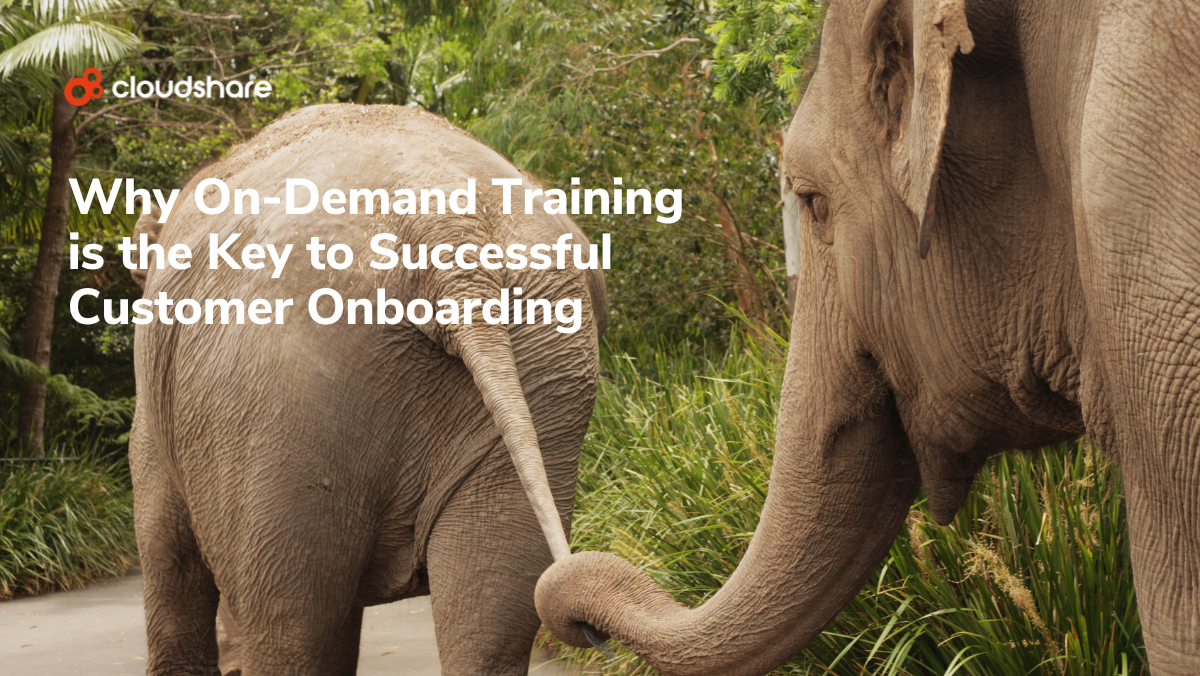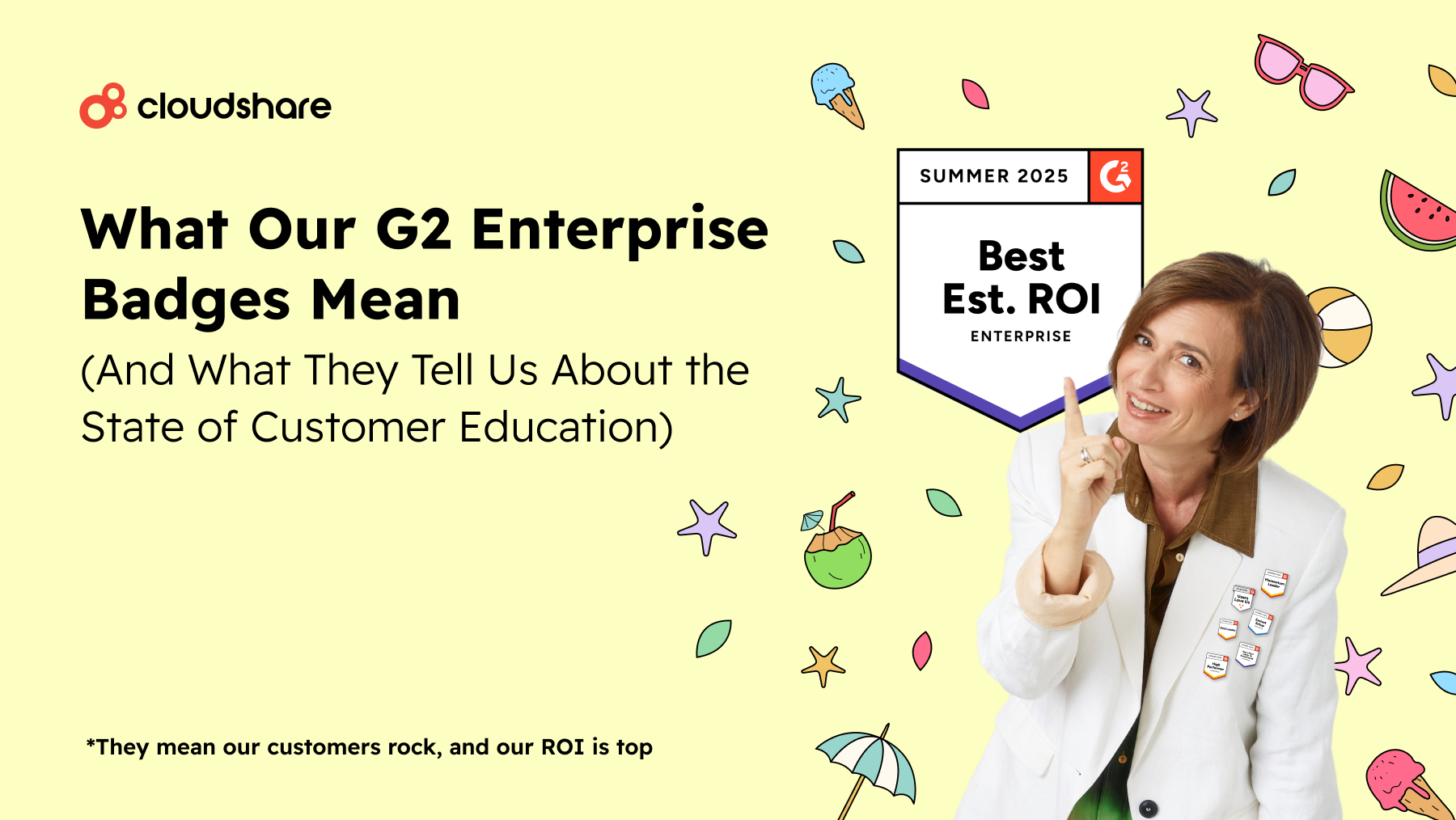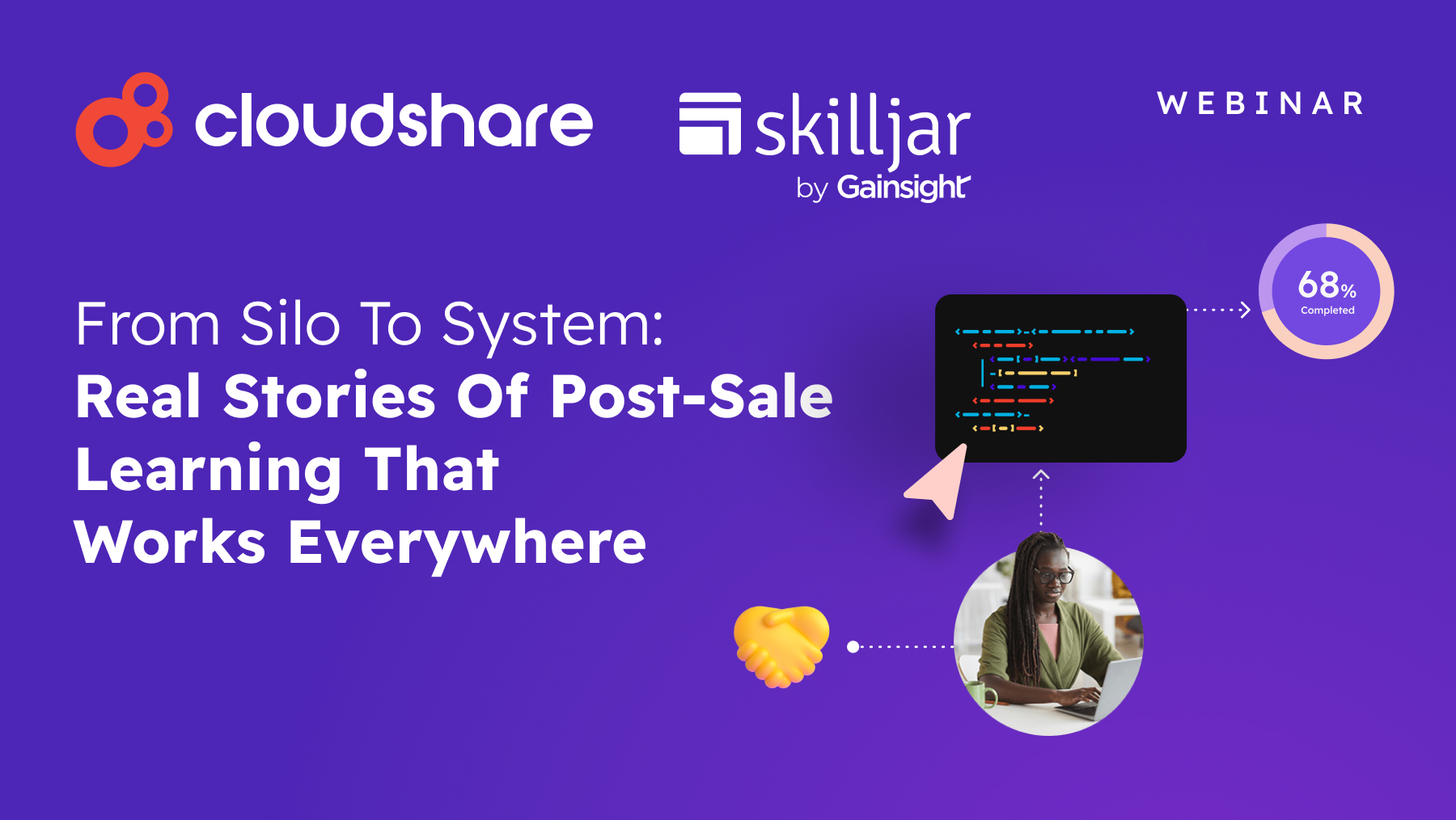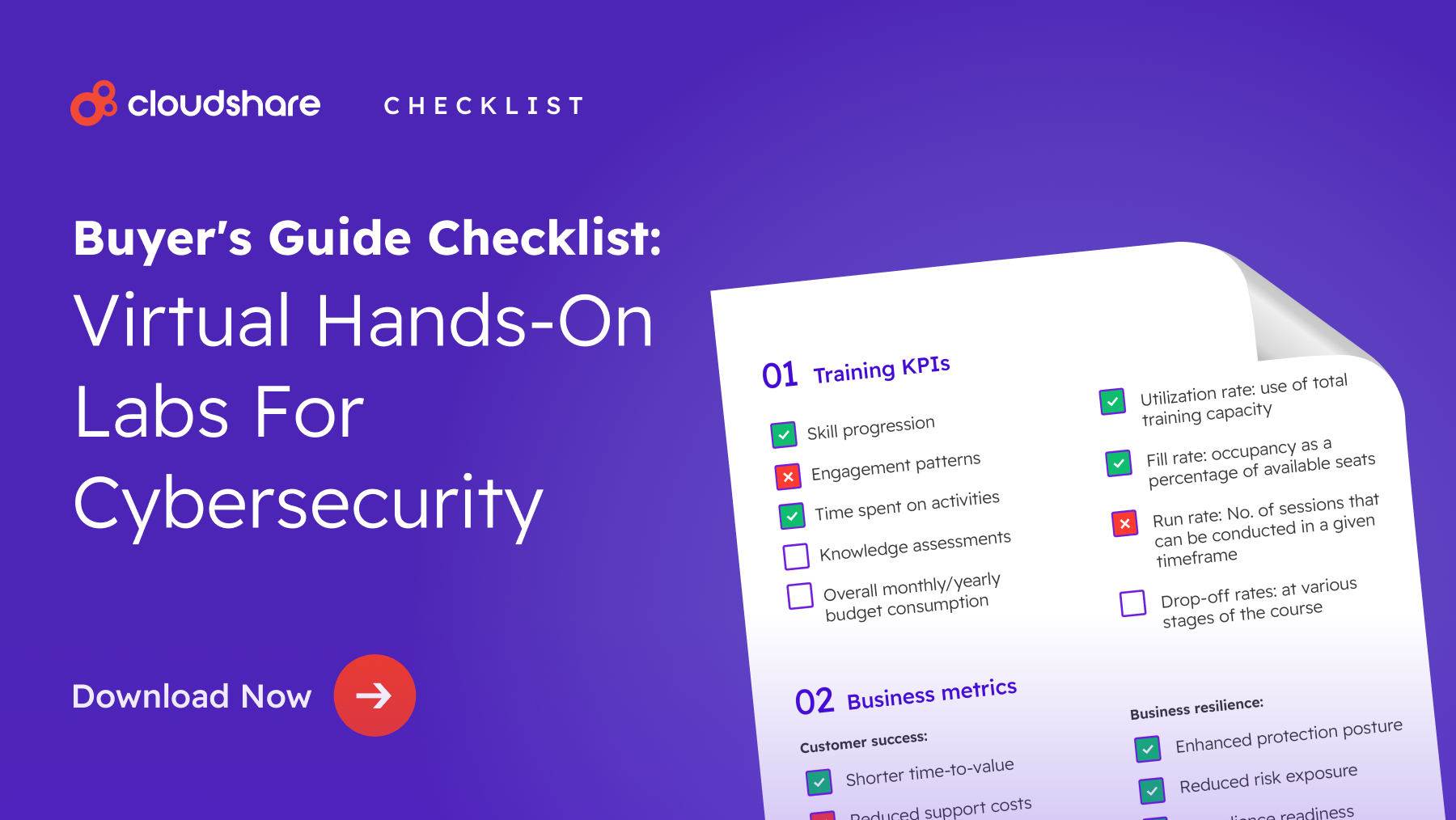
Onboarding can make or break a SaaS company. Customer training that focuses on reaching product adoption as quickly as possible will almost always result in improved retention, reduced churn, and greater overall customer satisfaction. Training that fails to sufficiently teach people how to use your software tends to have the opposite effect.
You don’t need to simply take our word for it. Research indicates that 86% of people stay loyal to a business that invests in onboarding and post-purchase education. Customers who experience a positive onboarding process are also 21% more willing to make a purchase.
In other words, offering an exceptional onboarding experience makes prospects considerably more likely to become loyal customers. But what is it that makes onboarding exceptional? What’s the difference between an incredible experience and one that’s simply passable?
Personalization.
Meeting Prospects Where They Are
Personalized experiences are everything for SaaS companies. Regardless of whether you’re targeting B2B or B2C, 71% of customers now expect you to deliver personalized interactions. And if you fail to do so, it can cost you up to 38% of your customer base.
That’s a lot of lost revenue — here’s how to avoid it:
Create a single source of truth for customer data. Everything your team needs to know about a particular customer or prospect should be accessible in real time from your CRM, including demographic details and past interactions. This data will allow them to better understand each customer and contextualize messaging.
Engage based on identity rather than segment. Different prospects will likely be interested in your software for different reasons, even within the same industry or niche. Someone who operates an independent eCommerce outlet will have different requirements for a bookkeeping solution compared to an accounting firm, for instance.
Be flexible. The most successful SaaS companies are those that can adapt to each customer’s unique challenges, needs, and pain points. In practice, this means adjusting messaging, product demos and onboarding so that each customer reaches product adoption as quickly as possible. To go back to our earlier example, the accounting firm may be more interested in the ability to send and receive invoices, while the eCommerce store will likely want the capacity to manage a large volume of transactions.
Provide multiple onboarding options. Just as different prospects have different needs, they’ll also have different learning preferences. Every customer should have the option to engage with your product education materials in whatever way best suits them. What this means is that in addition to instructor-led training, you should also give customers the option of on-demand training.
Learning At Their Own Pace
Self-paced training and personalized learning go hand-in-hand. It allows a prospect to go through your onboarding process on their own time and at their own pace while focusing on whatever aspects of your software are most relevant to their needs. Moreover, allowing someone to learn at a comfortable rate has the potential to improve both performance and retention by up to 67%. It should come as little surprise in light of this that self-paced learning is increasingly gaining recognition in both the professional development and education sectors. By 2030, for instance, the global self-paced learning market is expected to reach $14.1 billion. For context, by 2028, the global corporate e-learning market will be valued at roughly $44.6 billion.
Creating an On-Demand Customer Onboarding Program
In order to maximize the effectiveness of your new customer onboarding, you’ll want to keep the following best practices in mind:
Define Your Objective and KPIs
Since the goal is to guide prospects to product adoption as quickly and effectively as possible, two of your most important metrics are completion rate and average time to completion. By combining these with data on how each prospect interacts with your training, you’ll be able to identify potential quit points, bottlenecks, and opportunities for optimization.
You’ll also want to monitor customer satisfaction, ideally through post-onboarding surveys. How does each customer feel about their onboarding experience? Was there anything missing?
Lastly, to demonstrate ROI, you can compare your training completion rate with revenue growth, retention rate and churn — this allows you to establish a connection between your onboarding program and the success of your SaaS company.
Deliver Personalized Content
In addition to creating new materials to support your self-paced onboarding program, you’ll also want to tailor your content to each prospect. Let’s say, for instance, you provide project management software for legal services, accounting, and professional consulting firms. A law firm may be more interested in secure e-signatures, while a professional services client may opt to focus more on digital collaboration features.
Embrace Hands-On Learning
By combining a self-paced program with on-demand training, you essentially give customers and prospects a sandbox they can explore at their leisure. In addition to creating a far more compelling onboarding experience, you also provide customers with a tool they can use for post-purchase troubleshooting and experimentation.
Offer Guidance
One common mistake we see businesses make with self-paced and on-demand learning involves the assumption that training materials must be completely hands-off. The reality is that while this delivery method is all about autonomy, learners should still have the opportunity to reach out to someone if they run into trouble. More importantly, built-in guidance allows you to direct each prospect’s attention to the features most relevant to their use case.
Remember That This Isn’t An All-Or-Nothing Choice
On-demand training is ultimately about giving people the option to pursue onboarding at their own pace. That doesn’t mean you should completely do away with instructor-led training. While it’s true that many customers will leap at the chance to learn your software on their own time, others may prefer guidance from an instructor.
To put it another way, there’s no such thing as a one-size-fits-all approach to customer onboarding — and pursuing one is a fool’s errand.
From Customer Onboarding to Customer Success
Regardless of whether you operate in B2B or B2C, modern customers demand personalization. They expect your business to meet them where they are and tailor both messaging and materials to their needs — not just in sales and marketing but onboarding, as well. By delivering an on-demand training program, your company can do precisely that, giving customers and prospects the option to learn when, where, and how they see fit.
Want to learn more about what’s involved in successful on-demand customer onboarding? Download 10 Best Practices for Building a Winning Self-Paced Customer Training Program.




